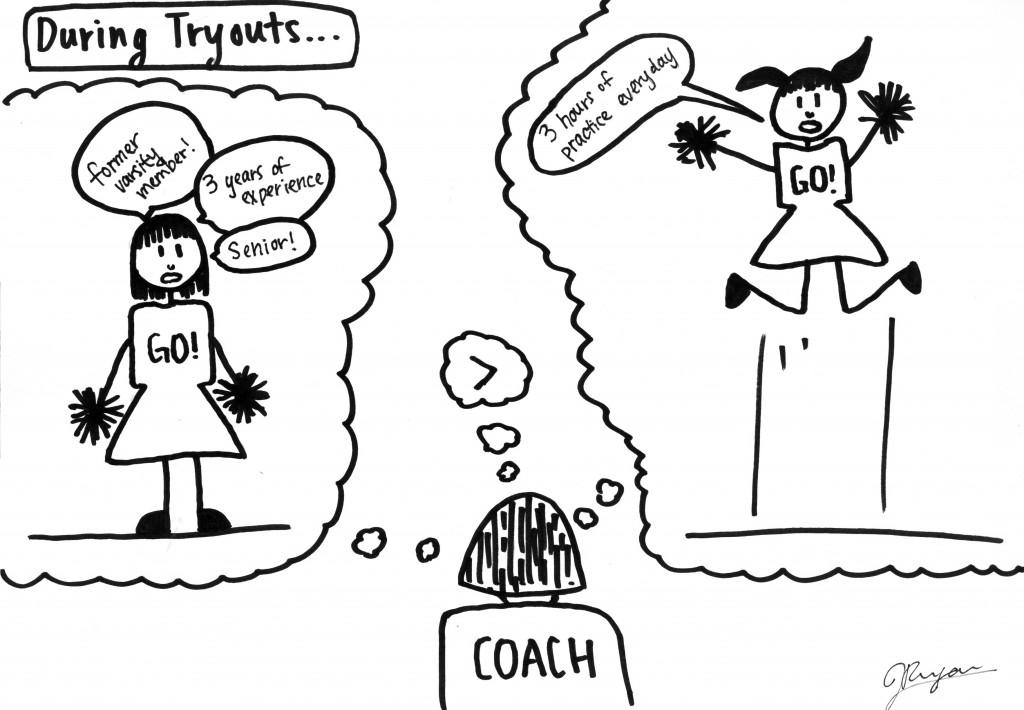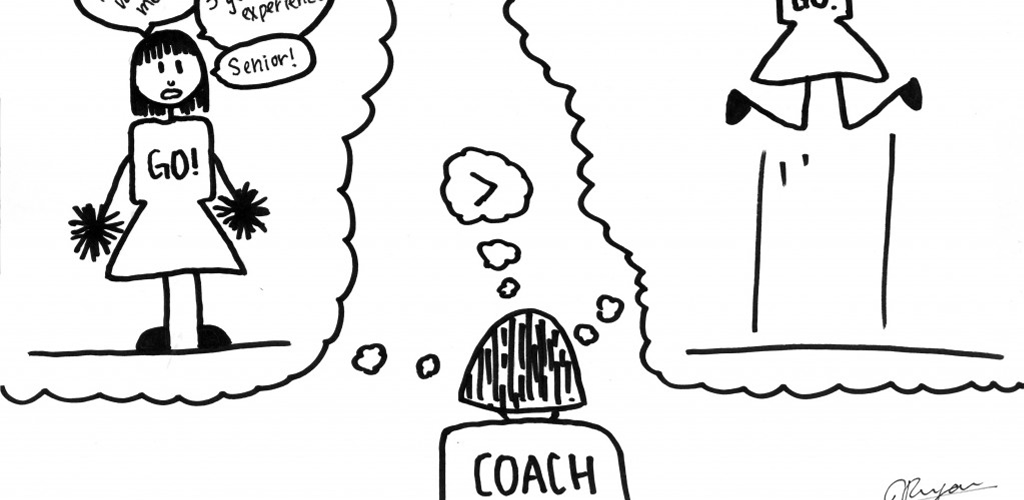 With the beginning of every season comes the opportunity for students to join a sports team. But the truth of the matter is that those chances are not necessarily given equally: certain practices bring age and experience into a criteria that should be made solely of skill and ability. However, age and experience should not have a place in the list of factors determining whether the students make the cut or not because of its drawbacks regarding individual, team, and societal aspects.
With the beginning of every season comes the opportunity for students to join a sports team. But the truth of the matter is that those chances are not necessarily given equally: certain practices bring age and experience into a criteria that should be made solely of skill and ability. However, age and experience should not have a place in the list of factors determining whether the students make the cut or not because of its drawbacks regarding individual, team, and societal aspects.
According to Athletics and Activities Coordinator Ivan Atanaskovic, the KAIAC constitution requires coaches to automatically cut seniors from JV teams if they do not make the varsity division. In addition to the seniors not being allowed a spot in JV teams, the tryout processes of the basketball and volleyball teams fall to biased standards as well because of the division between those who are more experienced and those who are new. The currently existing discrimination, however, is not an absolute liability on the coaches’ or school’s part—SIS and its teams have an obligation to adhere to the rules of the conference and league. Regardless, it is important for the school to be aware of these issues and seek active measures to address them.
This issue of age discrimination is important because it takes away the potential experience of individual students whose lack of prior experience or age put them at a disadvantage. Among the many activities in which students can take part, being in a sports team is one of the most worthwhile. It serves as an outlet for students who are submerged in many academic courses and summative assignments to relieve stress. Particularly in the case of graduating seniors, the desire to leave the school with their interests and desires fulfilled is undeniable. However, the given KAIAC regulations automatically eliminate seniors from the opportunity to join lower divisions, pitting them in a competition more fierce than that of any other grade. This process of elimination deprives them of the memories that would have probably left them with a more memorable year of high school.
The consideration of age and experience not only deprive certain students from their experiences, but also takes away from the potential of the team. Some players fall short of the expectations of their grade levels, but perform adequately in comparison to those of lower grade levels; the loss of such players would be a minus to the entire team’s abilities. During tryouts of the basketball team, for instance, upperclassmen are often held to a higher standard, making expectations more difficult to fulfill. Other sports naturally lean towards more experienced members, which can prevent certain new but skilled members from joining the team. In volleyball tryouts, for instance, former varsity players are separated from the rest of participants in recognition of their experience. It is important to keep in mind that new students with same or possibly better skills have the potential to contribute as an equally valuable asset to the team.
Furthermore, this process of elimination supports the idea that there is a hierarchy of age and a distance in the relationship between grade levels. Holding members of all grade levels to equal standards, expectations, and regulations would further the battle against wrongful hierarchy. In addition, the acceptance of players across different classes could be a great bonding experience. Especially in a culture where approaching upperclassmen is not as easy, sports can be an easy and positive way for friendships to be formed across grade levels. However, as of now, the existing practices and policies limit the ability to ease these age barriers.
Creating barriers that restrict athletes from being able to participate on a team just because of age or experience makes no sense. Just like how freshmen can join varsity teams, seniors should be allowed to join JV teams. Just like skilled varsity members, beginners who wish to take part in a sport may have the same mastery of skills and aptitude. The school community has been fighting discrimination, hierarchy, and other forms of inequality in the social and academic lives of its students—and sports should be no different.

